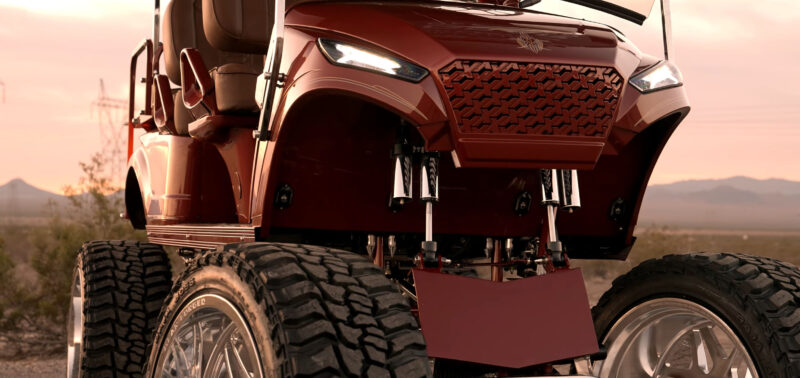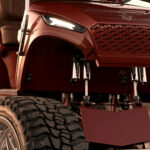Golf carts, whether they’re electric or gas-powered, are a big investment. Knowing how long they last can help you plan for maintenance and when you might need to replace them. On average, a golf cart lasts around 10 years, but this can vary based on several factors.
In this article, we’ll look at what affects a golf cart’s lifespan and share some tips on how to keep yours running smoothly for as long as possible.
Key factors in golf cart longevity
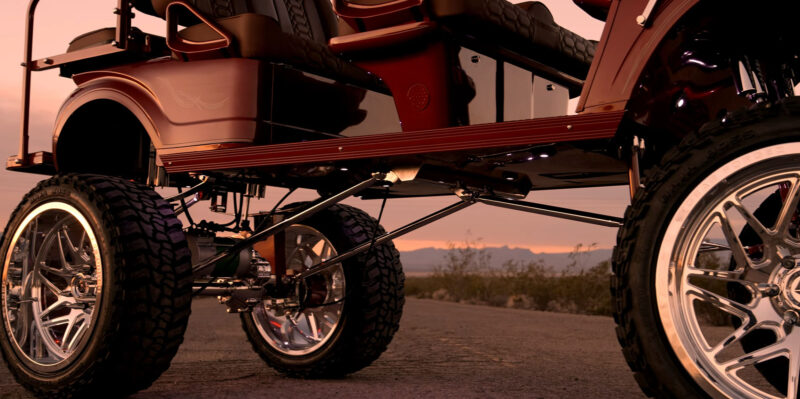
1. Type of use
Golf carts on golf courses usually don’t last as long as those used for occasional rides around a neighborhood. Heavy use, bumpy terrains, and lots of starting and stopping wear them out faster. Carts at resorts or in retirement communities often have it easier compared to those trudging up and down hilly courses.
2. Maintenance practices
Regular upkeep can keep your golf cart running smoothly for years. Here’s what to focus on:
- Battery maintenance: If you’ve got an electric cart, keep an eye on the charge and water levels. Clean the battery terminals regularly to avoid corrosion. Store the cart properly during off-seasons to prevent the battery from degrading.
- Engine and fuel system: For gas carts, change the oil and check the fuel system regularly. Replace spark plugs and air filters as recommended by the manufacturer. A clean fuel system keeps the engine running efficiently.
- Tire maintenance: Regularly check and inflate tires to the correct pressure. Inspect the tires for any signs of wear and tear, such as cracks or bald spots. Rotating the tires periodically ensures even wear and extends their life.
- Cleaning: Keep the cart clean to prevent rust and corrosion. Washing the cart regularly removes dirt and debris that can damage the paint and components. Pay special attention to the undercarriage to prevent rust from forming.
3. Storage conditions
Store your golf cart in a dry, covered place to protect it from the weather. Exposure to rain, sun, and extreme temperatures can shorten its life. Electric carts can particularly suffer in cold weather, affecting battery performance. A protective cover can also help shield it from dust and moisture when not in use.
4. Quality of parts
Using high-quality replacement parts really makes a difference. Stick to parts recommended by the manufacturer for better compatibility and durability. While cheaper, generic parts might save you some cash upfront, they often lead to more frequent repairs and a shorter lifespan.
Investing in good quality parts pays off by keeping your cart performing well and reliably.
How to extend the life of your golf cart
Regularly inspect your golf cart to catch any issues early. Keep an eye on the brakes, tires, and battery. Addressing small problems before they turn into big ones can save you a lot of time and money. A maintenance log can help you track when things were last serviced or repaired, so nothing gets missed.
Charging right
For electric golf carts, proper charging is crucial. Avoid overcharging and always make sure your cart is fully charged before using it. Invest in a quality charger that shuts off automatically when the battery is full. This can prevent battery damage and extend its life, ensuring your cart is always ready to go.
Use genuine parts only
When it’s time to replace parts, stick with genuine ones from reputable suppliers. They fit and work as they should, which helps keep your cart running longer. Using cheap or fake parts can cause frequent breakdowns and expensive repairs.
Always check for authenticity and compatibility before buying replacement parts.
Professional servicing
Get your cart professionally serviced at least once a year. A certified technician can do thorough checks and maintenance that go beyond what you can do at home. This includes detailed inspections and adjustments to catch and fix issues before they become serious, helping your cart last longer.
Common issues and solutions
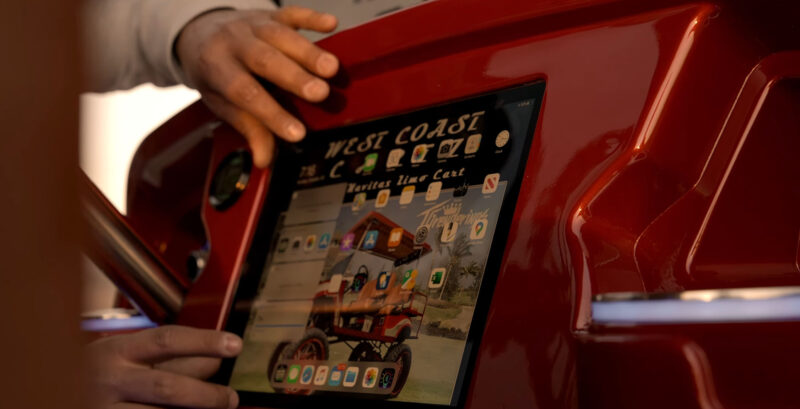
Battery problems
Batteries are a big pain point with electric golf carts. If you notice your cart is sluggish or running out of juice faster than usual, your battery might be the culprit. Keep an eye on the water levels in lead-acid batteries and make sure the terminals are clean. Stick to proper charging routines and regular maintenance to keep your battery in good shape.
Tire wear
Worn tires can really mess with your cart’s performance and safety. Check the tread and pressure regularly. Underinflated tires wear out unevenly and lose traction, while overinflated ones give you a bumpy ride and wear out faster in the center.
Brake issues
Brakes wear out over time, especially if you use your cart a lot. If you hear squeaking or notice your cart isn’t stopping as it should, it’s time to check the brakes. Regularly inspect the brake pads and discs for wear and tear. Replacing worn brake parts on time is key to staying safe and keeping your cart in top shape.
When to replace your golf cart
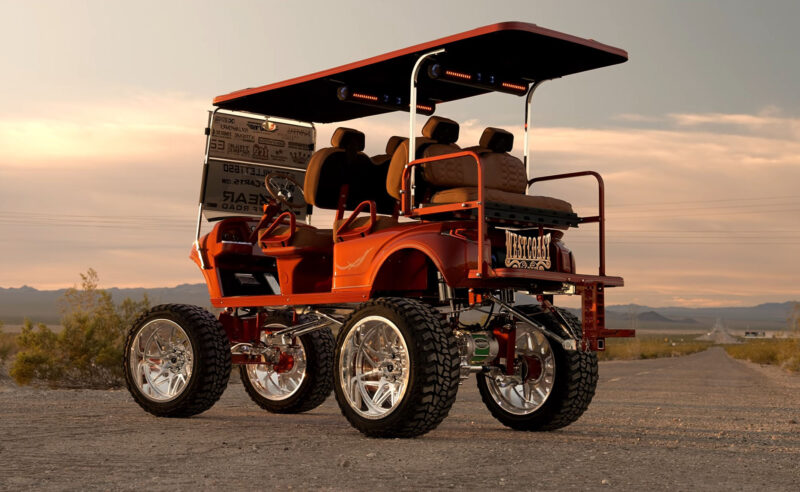
Even with the best care, there comes a time when replacing your golf cart is more cost-effective than continuous repairs.
- Frequent breakdowns: If repairs become more frequent and costly. When the cost of repairs starts to outweigh the value of the cart, it’s time to consider a replacement.
- Performance decline: Noticeable decline in performance and reliability. If the cart struggles to perform basic functions or shows consistent issues, it may be nearing the end of its usable life.
- Outdated technology: Older models may lack modern features and safety standards. Upgrading to a newer model can provide better efficiency, enhanced safety features, and improved performance.
In summary
Golf carts can serve you well for years with the right care and maintenance. Whether you have an electric or gas-powered cart, regular upkeep and mindful usage are key to keeping it in great shape.

